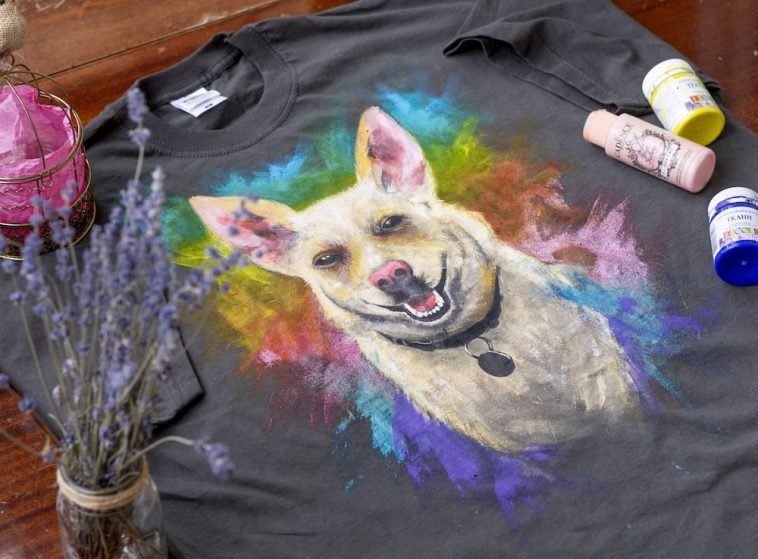Introduction.
As print-on-demand (POD) businesses have grown, so has the range of tools available to make running one smoother.
For anyone in POD, creating engaging designs and compelling product descriptions can be a lot of work—and this is where AI tools like ChatGPT can be a game-changer.
This article will go over the practical ways to use ChatGPT for your POD business, cover the pros and cons, and provide answers to common questions people have.
By the end, you’ll have a good idea of whether ChatGPT might be a valuable tool for you and, hopefully, some strategies to get started.
How do I Use ChatGPT for Print-On-Demand?
Here’s a closer look at how ChatGPT can help with various parts of running a print-on-demand business, from brainstorming unique design ideas to drafting product descriptions.
1. Idea Generation and Design Inspiration.
- Unique Themes & Niches: If you’re struggling to find new design ideas, ChatGPT can generate lists of themes, trends, and niche ideas based on current market demands.
- Seasonal Trends: The tool can suggest seasonal trends—like holiday designs or popular themes for certain times of the year—that you can adapt to your brand.
- Quotes and Typography: It can help generate ideas for quotes, phrases, or word arrangements. This is especially handy if you’re targeting niches with specific interests, like motivational quotes, funny slogans, or specific pop culture references.
2. Product Descriptions That Convert.
- Keyword Optimization: ChatGPT can suggest keywords based on popular search terms, which helps boost your product visibility.
- SEO-Friendly Text: It can also help create descriptions that are SEO-optimized without feeling robotic. You just provide some input, like the product’s style, target audience, and design inspiration, and ChatGPT will deliver a description in seconds.
- Multiple Variations: The AI is great for producing a variety of descriptions, so you can test different versions and see which ones perform best.
3. Social Media Captions and Marketing Copy.
- Social Media Content: ChatGPT can create captions that align with your brand’s voice, and even suggest hashtags tailored to your niche. This can save a lot of time for anyone managing social media accounts for their POD shop.
- Email Marketing: You can use ChatGPT to draft emails that promote new designs or seasonal sales. It’s especially good at crafting headlines that grab attention, increasing the chance people will open your emails.
4. Customer Service Assistance.
- Drafting Responses: ChatGPT can help you create friendly and professional responses to common customer inquiries.
- Handling Negative Reviews: Carefully worded responses, it can even help you respond to challenging reviews or issues that might arise, maintaining a positive tone while addressing concerns.
5. Automating Repetitive Tasks.
- Bulk Content Creation: If you have a lot of similar products, like t-shirts with different designs, ChatGPT can help create variations of descriptions for each, ensuring they’re unique but still on-brand.
- FAQ Sections: You can use it to build a comprehensive FAQ that covers the most frequent questions customers ask, saving you and your customers time.
Pros and Cons of Using ChatGPT for POD
Pros:
- Efficiency: ChatGPT can speed up tasks that would otherwise take hours, from writing product descriptions to brainstorming ideas.
- Cost-Effective: If you’re a solo entrepreneur, using ChatGPT is cheaper than hiring a designer, content writer, or social media manager.
- Consistency: The AI helps maintain a consistent tone and branding across your content, which is especially useful when writing large volumes of text.
Cons:
- Limited Visual Input: ChatGPT can’t create images, so while it’s great for generating ideas, it won’t be able to deliver on the visual front.
- Requires Guidance: It’s not perfect on its own, and you’ll still need to review and tweak outputs for accuracy and brand fit.
- Risk of Repetition: There’s a risk that the AI might generate overly similar descriptions or captions, so using it creatively and varying prompts is important.
FAQ
Q: Is ChatGPT capable of designing graphics?
A: No, ChatGPT doesn’t have visual capabilities, so you’ll need a graphic design tool like Canva or Adobe Illustrator. ChatGPT, however, can give you specific design ideas or help brainstorm.
Q: How much does it cost to use ChatGPT?
A: OpenAI offers both a free version (with limited capabilities) and a subscription model for ChatGPT Plus, which is about $20 per month. Depending on your needs, the investment might be worth it, especially if you’re frequently generating content.
Q: Can ChatGPT improve my product SEO?
A: Yes, it can help generate SEO-friendly descriptions with relevant keywords, boosting your products’ visibility on search engines. However, it’s always good to check current SEO trends, as keywords and search behaviors can change.
Q: Is it safe to rely on AI for customer responses?
A: ChatGPT can be a helpful starting point for creating responses, but reviewing its output before sending messages is always wise. Personalized customer service still has an edge in building brand trust.
Q: Does ChatGPT support multiple languages?
A: Yes, ChatGPT can produce content in many languages, making it accessible for POD stores targeting international customers.
Conclusion
Using ChatGPT for print-on-demand isn’t about replacing the creative process but rather enhancing it.
It can handle a range of tasks that free up time, from brainstorming new designs to helping you market products more effectively.
Have you tried ChatGPT for your print-on-demand business yet? How has it changed your workflow?





GIPHY App Key not set. Please check settings